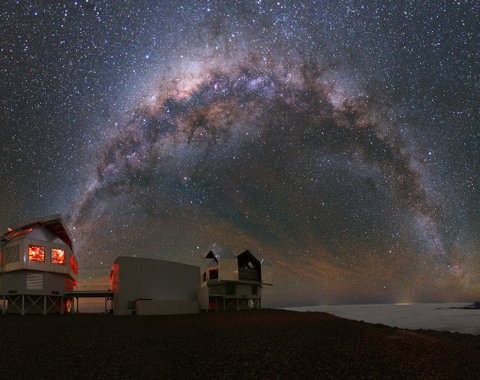2012 Astronomy Lecture Series

Each year the Observatories organizes a series of public lectures on current astronomical topics. These lectures are given by astronomers from the Carnegie Observatories as well as other research institutions. The lectures are geared to the general public and are free.
2012 Season
March 12, March 26, April 16, and April 30, 2012
Friend's Hall, Huntington Library, Art Collections, and Botanical Gardens
All lectures start at 7:30 p.m., with light refreshments in advance
Parking is free. To access the parking lot, please enter The Huntington via the Allen Avenue gate.
For more information about the Carnegie Observatories or this lecture series, please contact John Mulchaey.
Lecture Schedule
Dr. Lori Lubin
Professor, University of California, Davis
Clusters of galaxies are the largest, most massive structures in existence, anchoring the beautiful web of filaments that forms the large-scale structure of the Universe. Come explore with me these colossi of our Universe and see how their hefty size and harsh environment make them a unique probe of cosmology and the powerful forces that effect galaxy evolution.
Dr. Guillermo Blanc
Carnegie Fellow, Carnegie Observatories
We live in an exciting era, when human beings are close to observing the universe back in time throughout the entirety of its history. In Part 1 of this lecture I discuss our effort to observe the most distant, and at the same time the earliest, galaxies in the universe, and I will expose our current understanding of how galaxies form and evolve during the universe’s childhood.
Watch recordingDr. Barry Madore
Staff Astronomer, Carnegie Observatories
How do astronomers come to any understanding of the Universe given its sublime complexity? We will explore the various paths; probe the limits of what we can know, and illustrate what makes this ultimately and essentially a very human pursuit.
Watch recordingDr. Rik Williams
Postdoctoral Research Associate, Carnegie Observatories
Even though galaxies rapidly form most of their stars early in their lives, they are not finished growing. In Part 2 of our story, we explore the processes that transform galaxies from the amorphous blobs in the early universe to the diverse array of spirals and ellipticals we
see today.